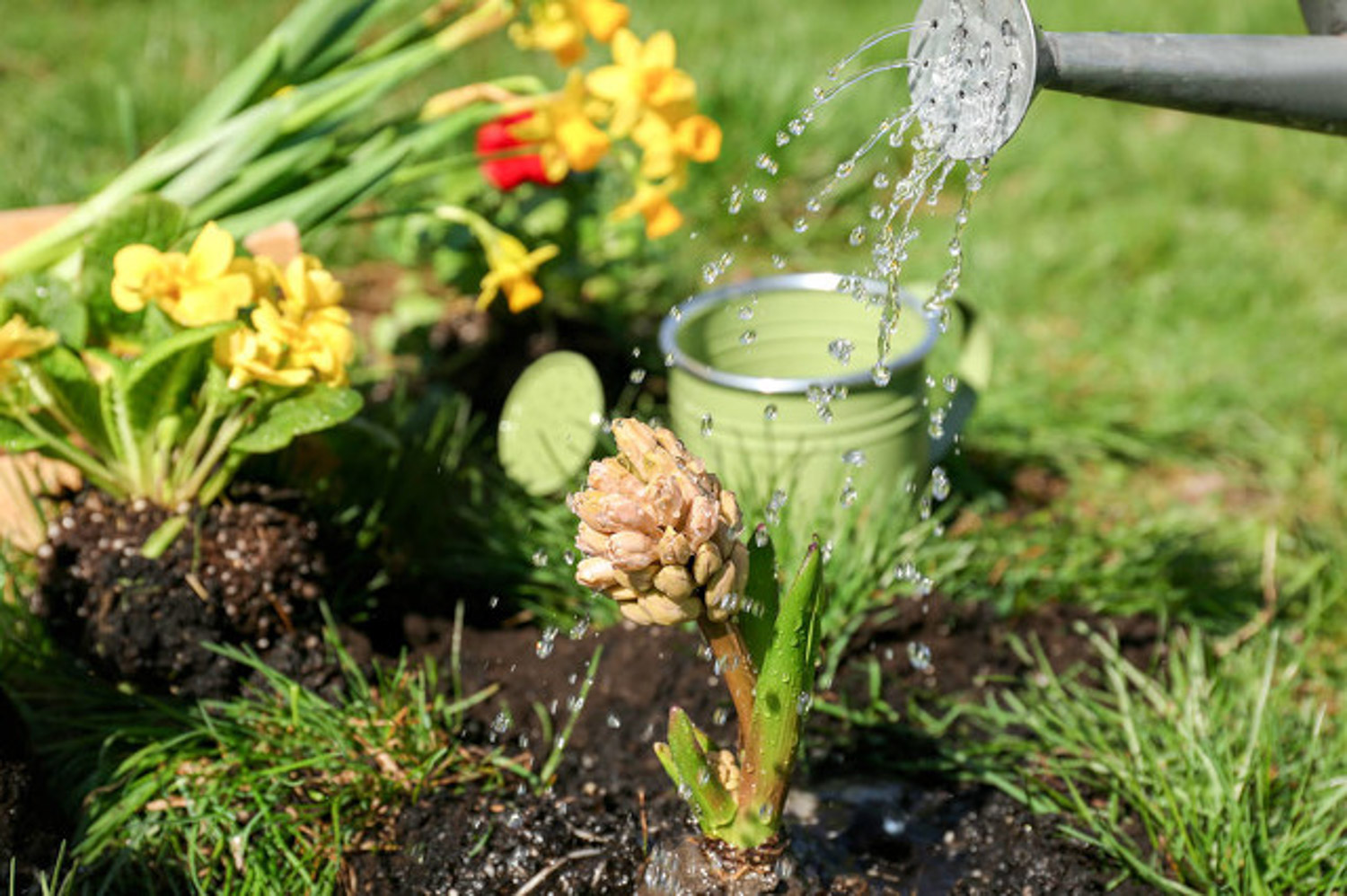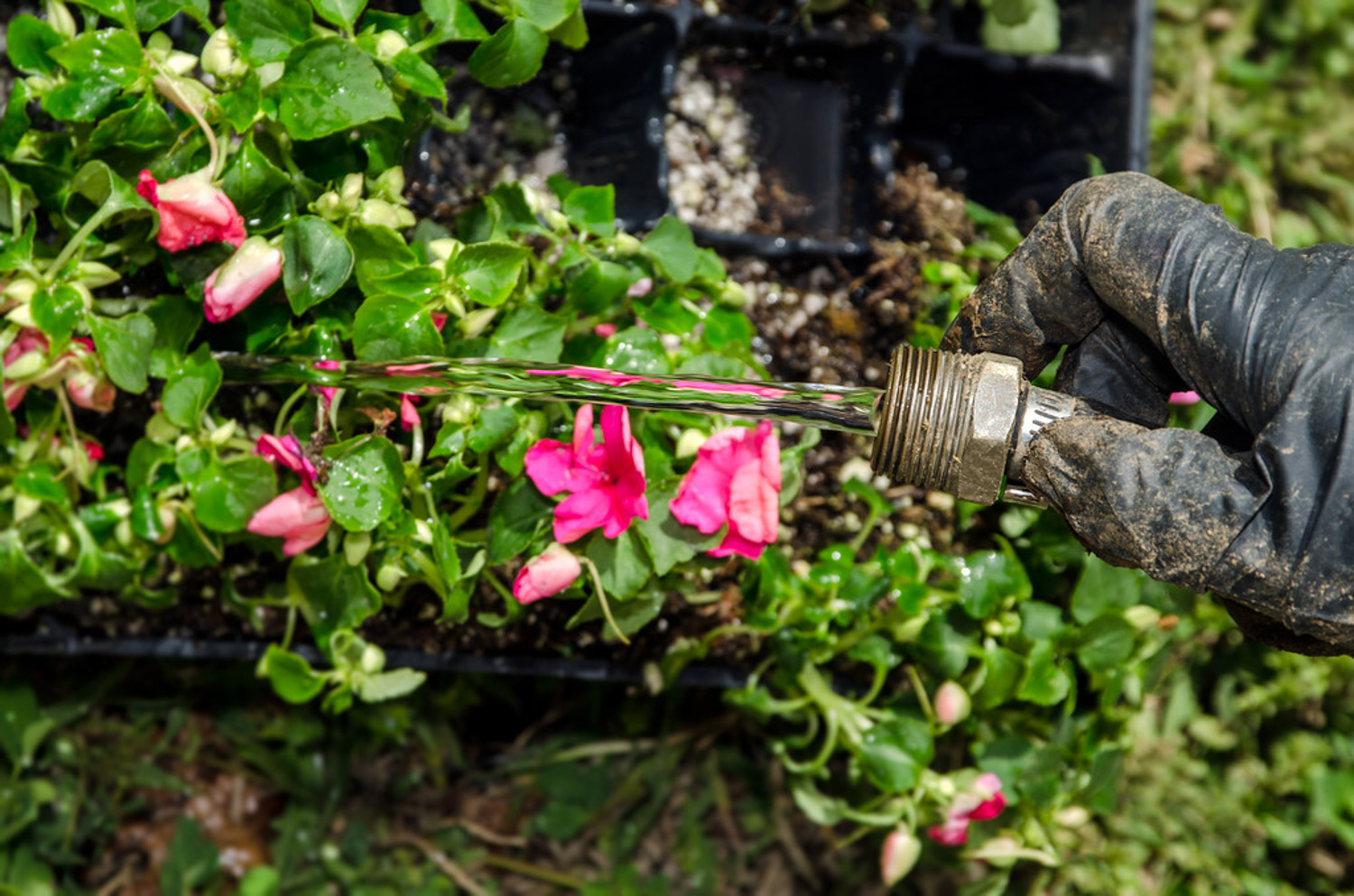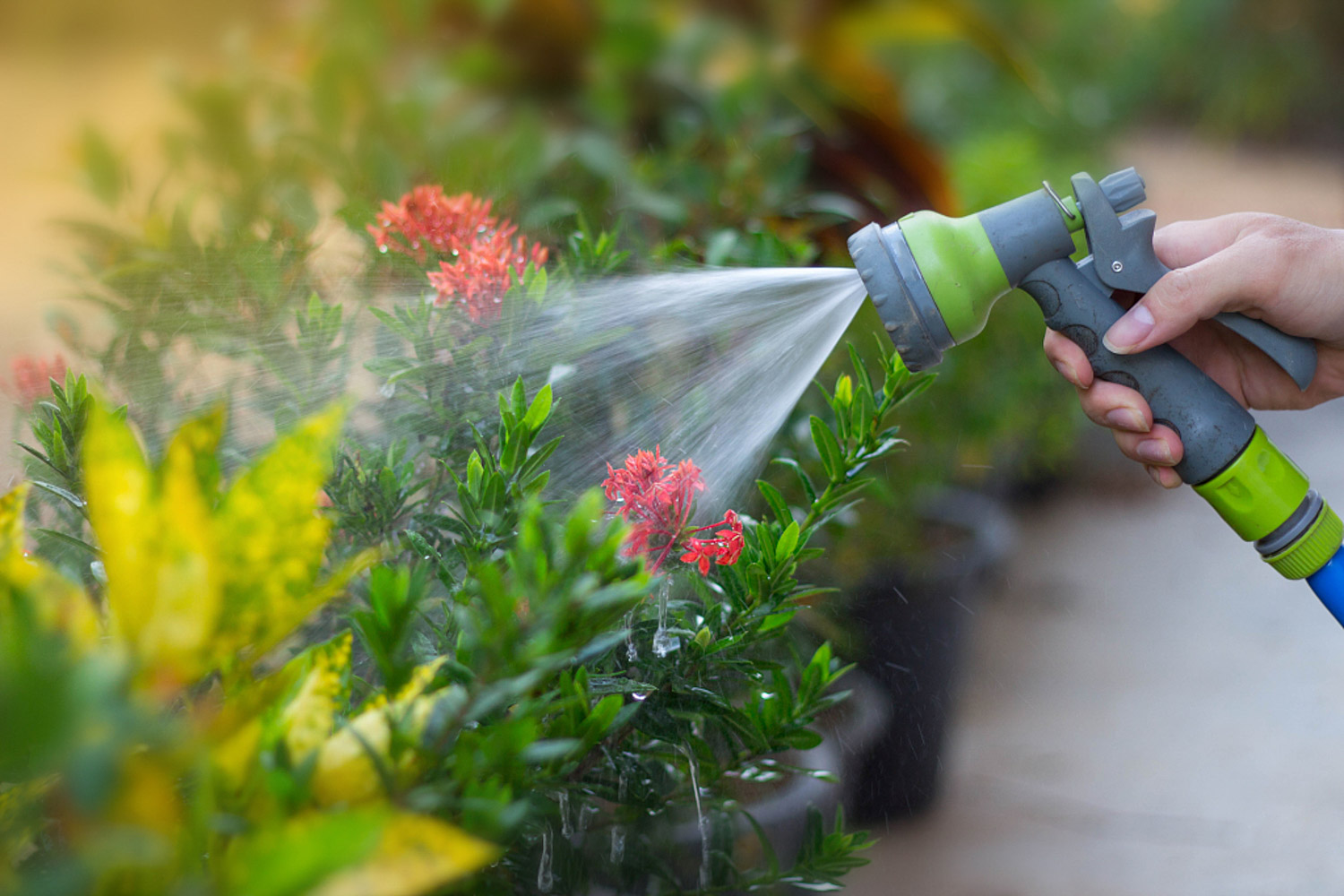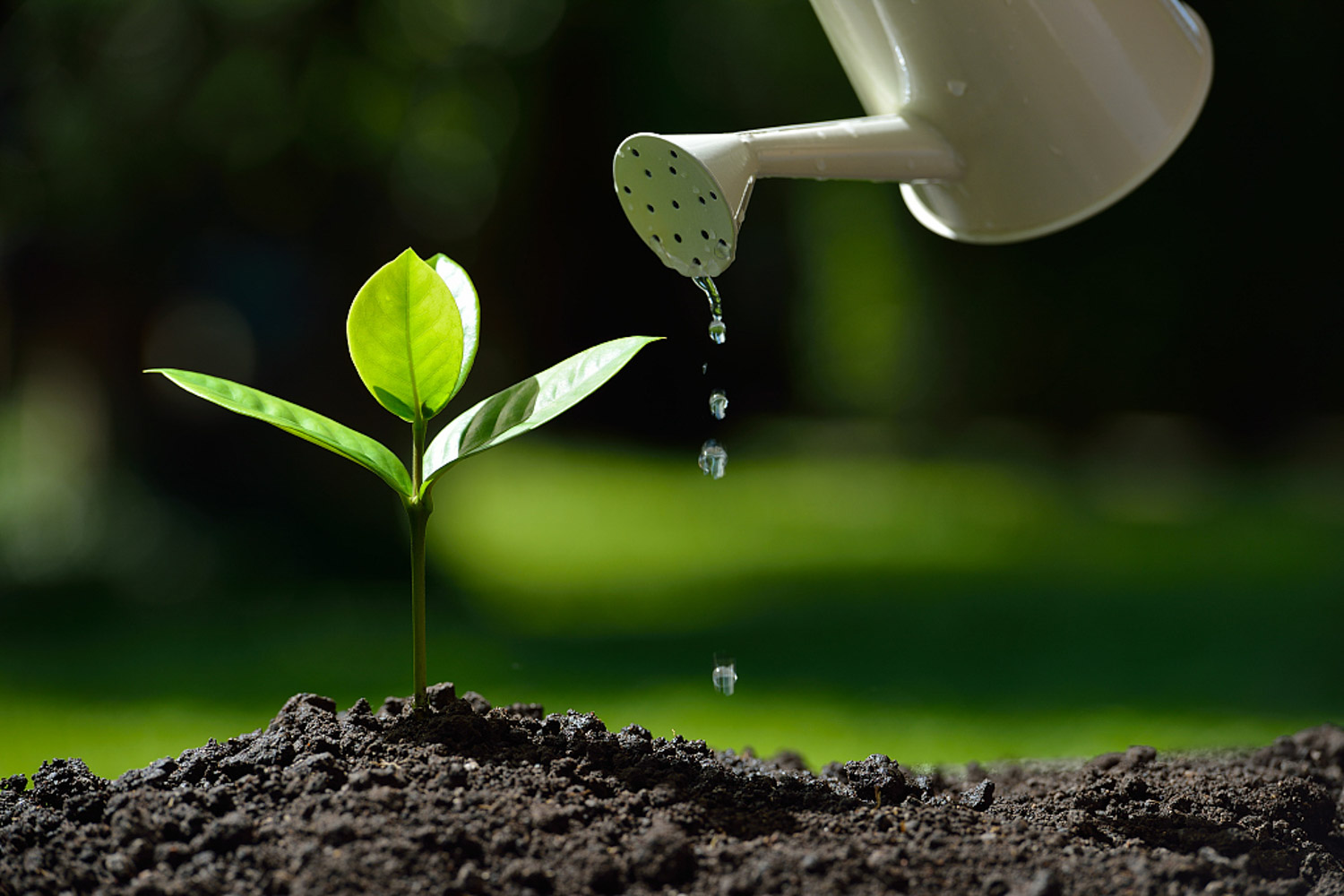Pinch twist method
Twist the basin soil with your fingers. If the soil is powdery, it means that the basin soil is dry and should be watered immediately; If it is sealed into flake or granular shape, it indicates that the basin soil is wet and can not be watered temporarily. The above test methods are based on experience. They can only tell people the general situation of the dryness and wetness of the basin soil. If you need to know the dryness and wetness of the basin soil accurately, you can buy a soil thermometer, insert the thermometer into the seal, and you can see the words "dry or wet" on the scale, so you can know exactly when to water

Finger measurement
Gently insert your fingers into the basin soil at a depth of about 2 cm and touch the soil. When you feel dry or rough and hard, it means that the basin soil is dry and needs to be watered immediately; If you feel slightly moist, delicate and soft, it means that the basin soil is wet and can not be watered temporarily

Visual inspection
Use your eyes to observe whether the surface color of the basin soil changes. If the color becomes lighter or grayish white, it means that the basin soil is dry and needs watering; If the color becomes dark or brown, it indicates that the basin soil is wet and can not be watered temporarily
Finger measurement. Gently insert your fingers into the basin soil at a depth of about 2 cm and touch the soil. When you feel dry or rough and hard, it means that the basin soil is dry and needs to be watered immediately; If you feel slightly moist, delicate and soft, it means that the basin soil is wet and can not be watered temporarily

Percussion method
Gently tap the middle wall of the flowerpot with your finger joints. If it makes a crisp sound, it indicates that the basin soil is dry and needs to be watered immediately; If a dull voiced sound is emitted, it indicates that the basin soil is wet and can not be watered temporarily


 how many times do yo...
how many times do yo... how many planted tre...
how many planted tre... how many pine trees ...
how many pine trees ... how many pecan trees...
how many pecan trees... how many plants comp...
how many plants comp... how many plants can ...
how many plants can ... how many plants and ...
how many plants and ... how many pepper plan...
how many pepper plan...





























